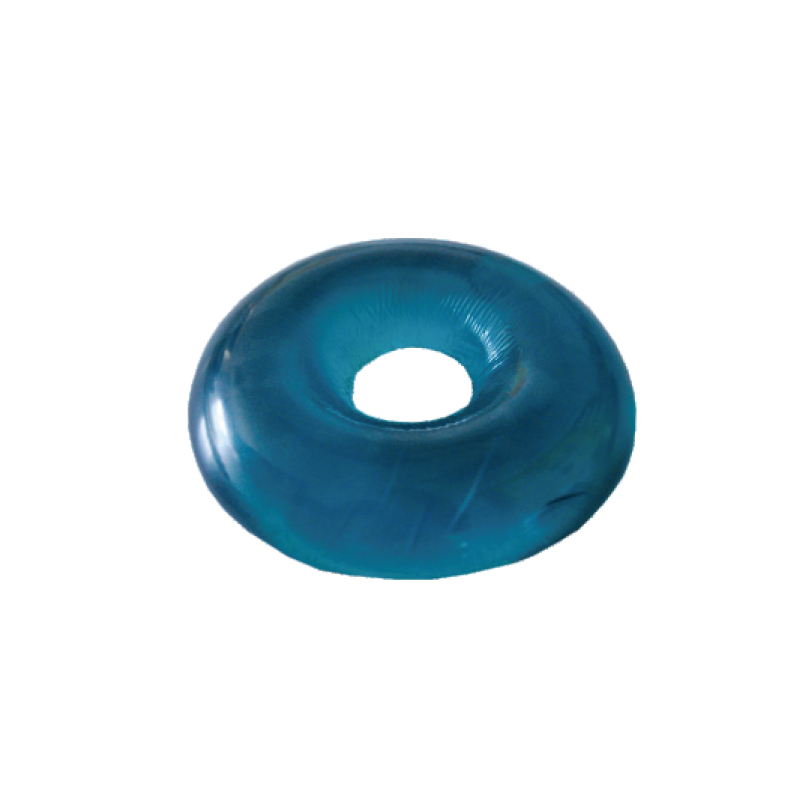A unique poster at the Healthcare Sterile Processing Association Conference presents how to prepare and perform sterile manual processing for delicate and sharp instruments.
One of the easiest ways to present directions is through a recipe—what the ingredients are, how to use them, and in what order. An innovative presenter created a poster to explain the steps of sterile manual processing for delicate and sharp instruments. External Usb Storage

A poster presented at the Healthcare Sterile Processing Association Annual Conference in Nashville, Tennessee, from May 6-10 titled, NYP [New York Presbyterian Hospital] Decon Diet, is a unique way to eliminate pathogens in the sterile processing department.Christopher Chisholm, CRST, CIS, Cer, Sherwin Phillips, CRCST, New York Presbyterian Hospital, New York, New York.
Presented as a set of recipes, the presenters gave directions on how to clean instruments in the sterile processing department. The recipe names were “PPE Soup,” “Preparation Pie,” “Test and Documentation Stew,” and “Manual Appetizer.”
“Manual Appetizer” begins with wearing appropriate personal protective equipment (PPE), identifying and sorting through sharp and delicate instruments, and determining which instruments need repair or sharpening, according to AAMI/ANSI ST9.7.5.2.1. Pretreat the instruments with an enzymatic or pH-neutral solution soak according to AAMI/ANSI ST79.7.6.1.
Then begin cleaning the instruments according to the manufacturer’s instructions for use. Use single-use brushes under water, rinse, and dry.
The “Preparation Pie” describes setting up your work area by cleaning all surfaces with disinfectant from top to bottom, including the inside of the sink, according to ANSI/AAMI ST79.E.2.Gather your tools for manual instrumentation cleaning. Finally, have disposable brushes of assorted sizes and lengths, and use disposable sponges on the more delicate instruments, according to AANSI/AAMI ST79.4.1 and AANSI/AAMI ST79.7.6.1.
The “PPE Soup” recipe begins with preparing the “cook” or sterile processing personnel for cleaning and disinfecting instruments.Ingredients include hospital laundered scrubs, bouffant caps, liquid-resistant covering with sleeves (eg, a backless protective gown, jumpsuit, or surgical gown), liquid-resistant shoe covers, fluid-resistant face masks and eye protection and eye protection such as goggles or full-length face shields, according to Ammi/ANSI ST79.4.5.2. After donning all of the above, choose and don eye protection subpart 1. Options listed on the poster were masks with attached face shields, full face visors, disposable visor glasses, or reusable goggles, according to OSHA 29 CFR Part 1910. Finally, don the pair of gloves.
Test and Documentation Stew was the recipe for verifying that the automated washer/disinfector is quality assured, according to AAMI/ANSI ST79.13.2. Also, daily test ultrasonic washers for the presence of cavitation energy. The document the test results for quality assurance, according to AAMI/ANSI ST79 14.2.3.
Infection Control Today's Educator of the Year Award
Infection Control Today® is honored to announce it is reviving the Infection Control Today’s Educator of the Year Award™. For more information, please listen to Linda Spaulding, RN, CIC, the 2003 Winner of the Infection Control Today’s Educator of the Year Award.
Are You Reinventing the Wheel?
Connecting and networking with colleagues, finding the right resources, and joining key organizations can help you become a better infection preventionist.
Minimizing Health Risks: Controlling Mold in Health Care Settings
Mold, a menacing presence that can grow within the walls of your facility, may be lurking and waiting to cause problems. Are you equipped to deal with it?
Parker’s High-Level Disinfectant Foam Receives FDA de novo Clearance
Neal Buchalter, MBA, president of Parker Laboratories, spoke with Infection Control Today® in an exclusive interview about the product, the companies involved, and how it came to the US market.
SSI surveillance tracks infections that occur after surgery in the area where it was performed. How can facilities help prevent these infections?
Best Practices for Flexible Endoscopes Storage

Avoid Friction What are the recommendations for storing endoscopes clean, safe, and intact?